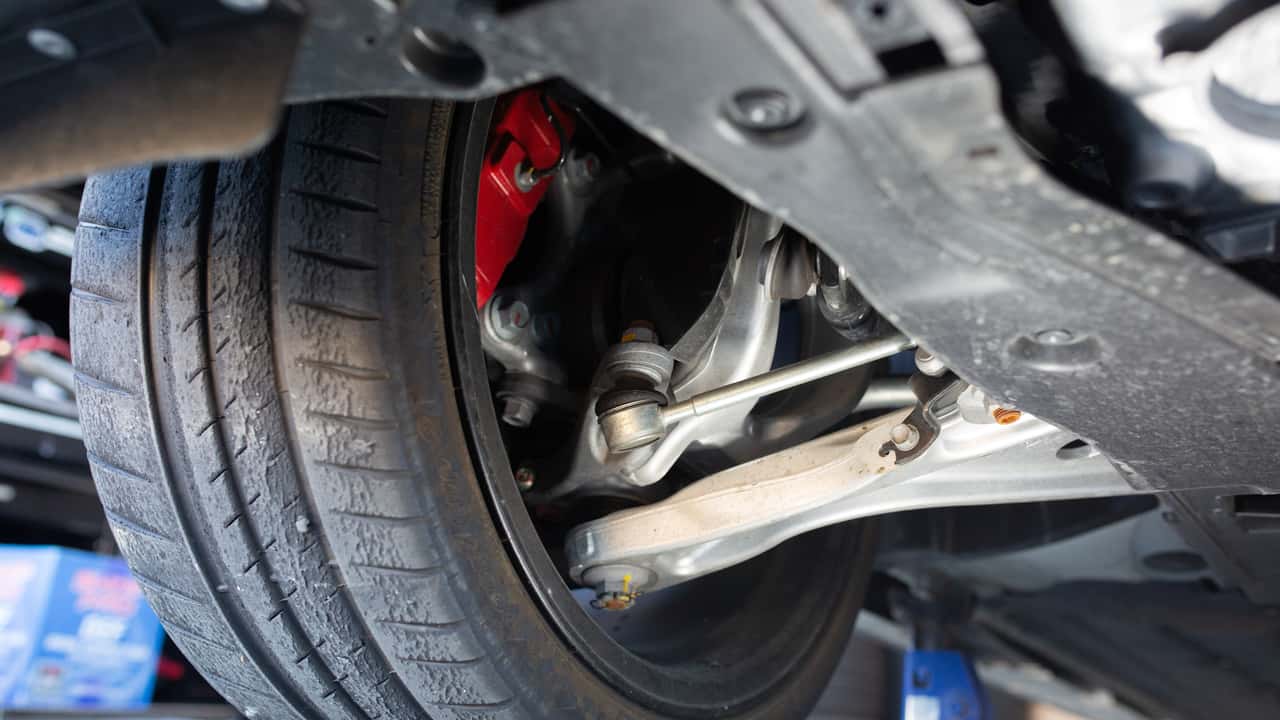The media recently uncovered a new patent showcasing potentially groundbreaking suspension technology, this time originating from Honda. Discovered at the World Intellectual Property Office, the patent leverages a principle commonly utilized in the realm of rally motorsport development to calculate body movement.
WRC Wings elaborates that optical sensors strategically positioned beneath the car’s front and rear bulkheads provide valuable insights into body dynamics, including roll, pitch, and yaw.
This technology allows the rally team to gain a comprehensive understanding of speed, lateral movements, braking performance, and other crucial characteristics, enabling them to fine-tune the suspension for optimal performance on upcoming rally stages.
This developmental trajectory paved the way for remarkable vehicles like the Toyota GR Corolla, although Honda has a more luxury-oriented application in mind.
Expanding upon this concept, Honda intends to use a similar system to assess not only vehicle body dynamics but also tire behavior as it interacts with the road surface. According to the patent, this approach enables the suspension system to accurately predict and compensate for road imperfections.
The patent outlines that infrared or laser technology could evaluate body movement and tire deformation, while optical cameras and radar sensors could also play a role.
Positioned just ahead of each wheel and directed at the road, these sensors would measure the relationship between vehicle speed and tire contact length at a specific tire pressure, as well as the correlation between tire air pressure and contact patch at a predetermined vehicle speed.

By analyzing these datasets, the vehicle can calculate how road surface variations impact tire movement and deformation.
Honda envisions that this predictive capability will empower the adaptive suspension system of future vehicles, potentially luxury-focused models like the Acura TLX, to proactively respond to road imperfections and deviations.
Employing a variety of sensor types ensures redundancy, addressing concerns such as reduced accuracy in detecting road imperfections on snowy surfaces.
While Honda’s system addresses delays in detecting road bumps ahead of the wheel and accounts for the impact of front wheel angles on each wheel, including trailing rear wheels, its production feasibility remains uncertain.
Challenges such as increased complexity, cost, and vulnerability of sensors in exposed areas of the vehicle may hinder its integration into mainstream models like the next Civic.
It’s noteworthy that suspension systems adapting to road conditions are not unprecedented; Mercedes-Benz utilizes forward-facing cameras to pre-prime the suspension, albeit with potentially less accuracy compared to Honda’s technology, which directly interprets road surface characteristics.
Also read: 2024 Honda HR-V Refresh: Subtle Updates And New Packages, Australian Debut Uncertain

